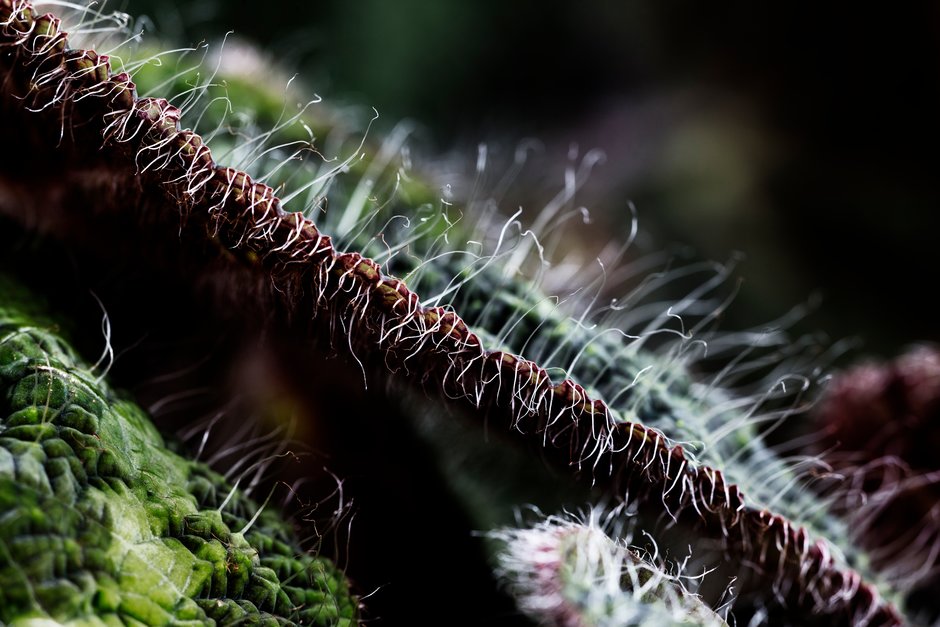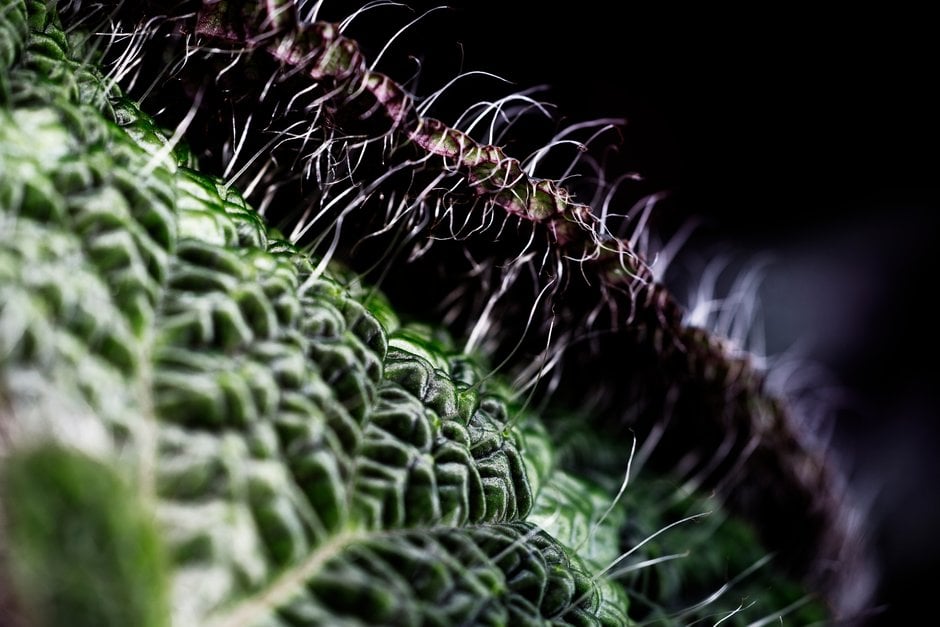Begonia sizemoreae
Sizemore's begonia
Produces a clump of rounded leaves about 15cm across, dark green with a pale green band. The surface is deeply crinkled, and bears very long, scattered, white hairs. The undersides are dark red and the stems are dark red and densely hairy. Flowers in two shades of pink are produced in late summer and autumn
Size
Ultimate height
0.1–0.5 metresTime to ultimate height
2–5 yearsUltimate spread
0.1–0.5 metresGrowing conditions
Moisture
Well–drainedpH
Acid, Alkaline, NeutralColour & scent
| Stem | Flower | Foliage | Fruit | |
| Spring | Red | Green Red | ||
|---|---|---|---|---|
| Summer | Red | Pink | Green Red | |
| Autumn | Red | Pink | Green Red | |
| Winter | Red | Green Red |
Position
- Partial shade
Aspect
West–facing or South–facing or East–facing
Exposure
Sheltered Hardiness
H1BBotanical details
- Family
- Begoniaceae
- Native to GB / Ireland
- No
- Foliage
- Evergreen
- Habit
- Bushy
- Potentially harmful
- Ornamental bulbs - not to be eaten. Wear gloves and other protective equipment when handling. Pets: Ornamental bulbs - not to be eaten - see the HTA guide to potentially harmful plants for further information and useful contact numbers
- Genus
Begonia can be annuals, evergreen or deciduous perennials or shrubs, with fibrous, tuberous or rhizomatous roots and usually asymmetrical leaves, often strikingly patterned, and small or large flowers, both male and female in the same cluster
- Name status
Correct
- Plant range
- Vietnam
How to grow
Cultivation
Grow under glass, in indirect light, or in frost-free environment. Mainly grown for foliage. See Begonias: houseplants for further advice.
Propagation
Propagate by leaf cuttings or sections of rhizome
Suggested planting locations and garden types
- Sub-tropical
- Patio and container plants
Pruning
No pruning required
Pests
May be susceptible to caterpillars, mealy bugs, mites, glasshouse thrips, vine weevil and aphids
Diseases
May be susceptible to grey moulds, powdery mildews, stem rot and rhizome rot
Get involved
The Royal Horticultural Society is the UK’s leading gardening charity. We aim to enrich everyone’s life through plants, and make the UK a greener and more beautiful place.

